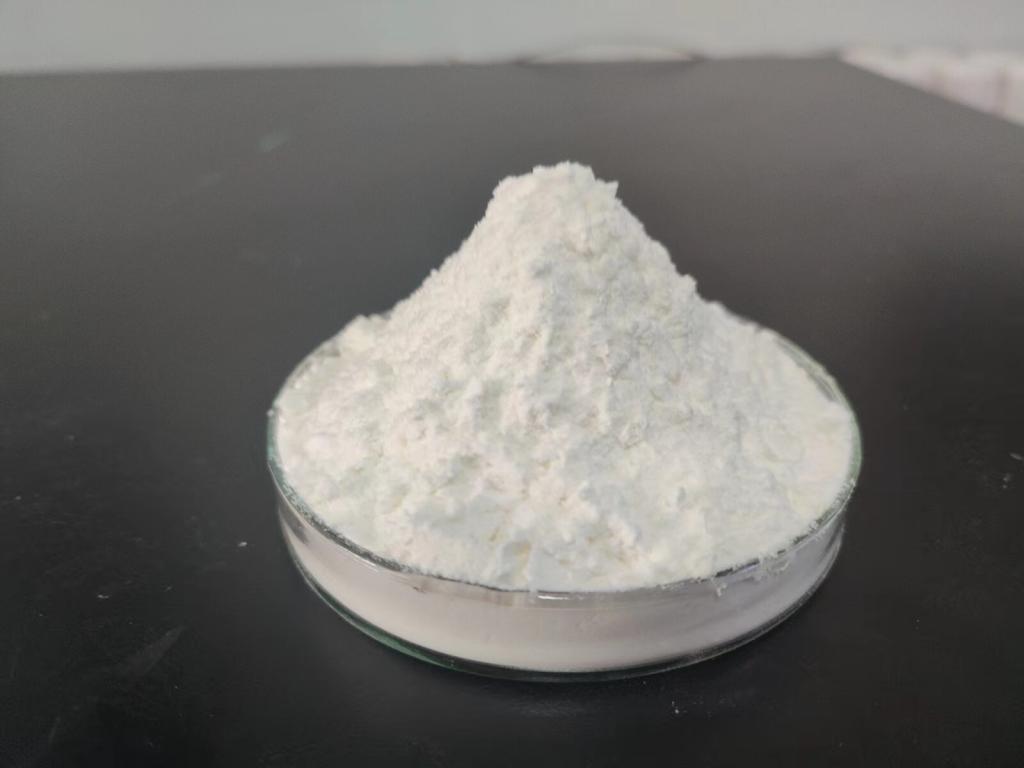Tel:+8618231198596

News
 CONTACT
CONTACT
 CONTACT
CONTACT
- Linkman:Linda Yao
- Tel: +8618231198596
- Email:linda.yao@dcpharma.cn
- Linkman:CHARLES.WANG
- Department:Overseas
- Tel: 0086 0311-85537378 0086 0311-85539701
News
Current Position:
Home >
News
>ε-Polylysine Hydrochloride in Nanotechnology: A Small Particle with Big Applications
ε-Polylysine Hydrochloride in Nanotechnology: A Small Particle with Big Applications
TIME:2024-01-26
I. Nanotechnology: A Brief Overview
Nanoscale Dimensions:
Nanotechnology deals with structures and devices at the nanometer scale, typically ranging from 1 to 100 nanometers. At this level, materials exhibit unique properties, and the manipulation of nanoparticles opens up new possibilities in various scientific domains.
Applications Across Disciplines:
Nanotechnology finds applications in fields as diverse as medicine, electronics, materials science, and environmental science. The ability to engineer materials at the nanoscale enables the creation of innovative solutions with enhanced properties and functionalities.
II. Properties of ε-Polylysine Hydrochloride:
Natural Origin:
ε-Polylysine is a naturally occurring antimicrobial peptide produced by Streptomyces albulus through fermentation processes. Its hydrochloride form, ε-Polylysine Hydrochloride, is water-soluble and has unique characteristics that make it suitable for nanotechnological applications.
Cationic Nature:
Being a polycationic peptide, ε-Polylysine Hydrochloride carries a positive charge. This property allows for interactions with negatively charged surfaces, making it useful for various applications, including drug delivery and nanomaterial synthesis.
III. Drug Delivery Systems:
Nanoparticle Formulations:
ε-Polylysine Hydrochloride can be incorporated into nanoparticle formulations for drug delivery. The positively charged nature of ε-Polylysine Hydrochloride facilitates the encapsulation of negatively charged drugs, leading to improved stability and controlled release.
Enhanced Drug Bioavailability:
By serving as a carrier in drug delivery systems, ε-Polylysine Hydrochloride contributes to enhanced bioavailability. It helps overcome challenges such as poor solubility of certain drugs, ensuring their efficient delivery to target tissues.
IV. Nanomaterial Synthesis:
Stabilization of Nanoparticles:
In the synthesis of nanoparticles, the stability of the particles is crucial. ε-Polylysine Hydrochloride, with its stabilizing properties, can be employed to enhance the stability of various nanoparticles, including metallic and polymeric nanoparticles.
Biocompatible Nanomaterials:
The biocompatibility of ε-Polylysine Hydrochloride makes it a favorable choice in the synthesis of nanomaterials for biological applications. The resulting nanomaterials can be utilized in areas such as medical diagnostics and imaging.
V. Biomedical Imaging:
Contrast Agents:
In biomedical imaging, contrast agents are crucial for enhancing visibility and distinguishing between different tissues or structures. ε-Polylysine Hydrochloride can be employed as a component in contrast agents for imaging techniques like magnetic resonance imaging (MRI) or computed tomography (CT).
Targeted Imaging:
By incorporating ε-Polylysine Hydrochloride into targeted imaging probes, researchers can enhance the specificity of imaging. This allows for the visualization of specific cellular or molecular targets, paving the way for improved diagnostic accuracy.
VI. Antibacterial Nanomaterials:
Antimicrobial Nanoparticles:
The antimicrobial properties of ε-Polylysine Hydrochloride can be harnessed in the synthesis of antimicrobial nanoparticles. These nanoparticles have applications in developing coatings, surfaces, or materials with intrinsic antimicrobial characteristics.
Combatting Antibiotic Resistance:
As antibiotic resistance becomes a global concern, the development of alternative antimicrobial strategies is crucial. ε-Polylysine Hydrochloride-based nanomaterials offer a potential solution to address bacterial infections without contributing to the antibiotic resistance crisis.
VII. Challenges and Considerations:
Cytotoxicity and Biocompatibility:
While ε-Polylysine Hydrochloride is generally considered biocompatible, understanding its long-term effects and potential cytotoxicity in various nanotechnological applications is essential. Rigorous testing and assessment protocols should be established.
Standardization and Regulatory Approval:
Standardization of manufacturing processes and regulatory approval for the use of ε-Polylysine Hydrochloride in nanotechnological applications are critical for ensuring safety and efficacy. Collaboration between researchers, industry, and regulatory bodies is necessary.
VIII. Case Studies and Success Stories:
Drug Delivery Systems:
Exploring case studies of successful drug delivery systems incorporating ε-Polylysine Hydrochloride highlights its practical application and positive impact on enhancing drug delivery efficiency. These success stories can serve as benchmarks for future developments.
Nanomaterials for Imaging:
Examining instances where ε-Polylysine Hydrochloride contributes to the synthesis of nanomaterials for biomedical imaging showcases its versatility and potential in advancing diagnostic capabilities.
IX. Future Directions and Research Opportunities:
Multifunctional Nanoparticles:
Research into developing multifunctional nanoparticles that combine the properties of ε-Polylysine Hydrochloride, such as antimicrobial activity, stability, and biocompatibility, opens new avenues for diverse applications in medicine and biotechnology.
Targeted Therapies:
Further exploration of ε-Polylysine Hydrochloride in targeted therapies, including cancer treatment, offers exciting prospects. Designing nanoparticles that selectively target specific cells or tissues could revolutionize therapeutic approaches.
X. Conclusion:
ε-Polylysine Hydrochloride, a small particle with big applications in nanotechnology, is poised to play a pivotal role in advancing various fields. Its unique properties make it a versatile tool for drug delivery, nanomaterial synthesis, biomedical imaging, and combating bacterial infections. As research continues to unravel the potential of ε-Polylysine Hydrochloride, its integration into nanotechnological applications promises innovative solutions that contribute to the progress of science and medicine.
- Tel:+8618231198596
- Whatsapp:18231198596
- Chat With Skype







